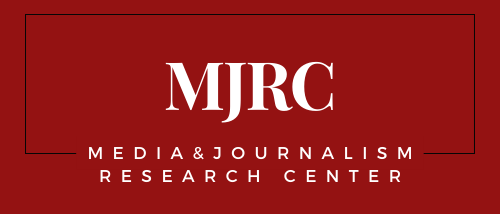Media Influence Matrix Slovakia: Key Findings
Media Influence Matrix 2020
Slovaks consume news more frequently and in bigger amounts than ever before. They have access to a plethora of publications, news portals, radio and television stations. However, much of that is in the hands of a few powerful financial corporations, closely linked with political groups. Policymakers and regulators lack vision and have little interest in strengthening journalism. A handful of foreign players are still investing in news, but they are increasingly favoring investments in entertainment or are raring to exit. The Slovak public broadcaster has garnered kudos for its journalistic output in recent years, but after a new management was installed in 2018, quality, intrepid journalism programs got the axe.
Still, not all is gloom in the Slovak news media. A new generation of professionals is shaking up the status quo, launching new political platforms and funding media start-ups.
Read 2020 Key Findings in Media Influence Matrix Slovakia report
Media Influence Matrix 2018
Slovakia is a voracious news consumer, with almost two thirds of people reading news portals, newspapers or news magazines. Much of this news appetite was stirred by technological advancement. Mobile penetration has topped 130% in 2017. Over 80% of people use the internet, which is a big leap from less than 30% in the beginning of the 2010s. With mobile data services getting cheaper than ever before, an increasing number of Slovaks are roped in.
The biggest impact of technology was experienced by the publishing industry. The number of print media publishers in Slovakia more than halved between 2009 and 2015. Some large publishers such as Ringier Axel Springer and Petit Press changed tack, increasingly focusing on digital. Smaller ones, down on their uppers, are clutching at straws.
Nonetheless, a lucrative business model for quality journalism, anchored in subscriptions, is slowly emerging. A news portal established by a group of journalists who left the daily Sme, DennikN broke even in 2016, two years after its launch, with some 23,000 paying subscribers. Sme, the most popular, non-tabloid, daily in Slovakia is also heavily investing in a subscription model to offset losses from print. That seems the way to go.
Read 2018 Key Findings in Media Influence Matrix Slovakia report
Support independent media research – your donation helps keep our work open.
Donate